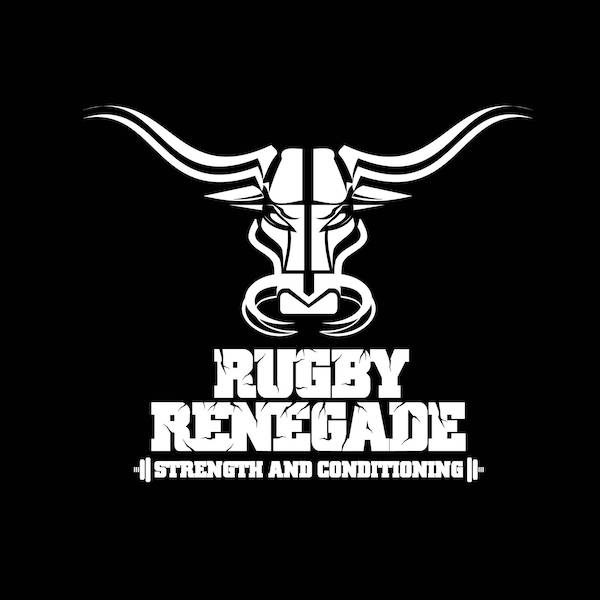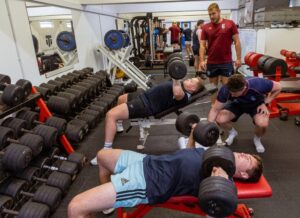By Wes Feighner
A couple of months ago I wrote an article on common mistakes while cleaning. Many of those mistakes are prevalent in the snatch as well, so we recommend you check out that article here. The problems with bar path and body angles are still prevalent in both lifts, so these fundamental mistakes can still be solved by reading that article.
In light of that, I’ve changed the emphasis of this article to highlight some tips and techniques that most people either overlook or are unaware of. As always in weightlifting, there are many strategies and not every single tip will apply to every single person. However, if you haven’t ever done any of these, I encourage you to try.
1. Pull slow and controlled from the ground
Most mistakes I see during snatching come from errors in position or timing. Typically the issue is not strength. Position mistakes occur most frequent- ly in the first pull as the bar leaves the ground before we even get to the knee. Pulling too quickly only increases the probability of the body falling out of position and the timing of the lift being jeopardized.

Pulling too fast also usually results in the the hips shooting over the bar far too fast and the lifter falling forward. If they do not fall forward, often we have to overcompensate the other direction to get the bar back to an optimal position as we approach the power position. Frequently I hear people say that they feel stronger when pulling faster. I understand this, but the issue is rarely strength, and feeling stronger in a less optimal position doesn’t create consistent lifts. Snatching is all about positions, and when we move in a controlled rhythm we can maintain position better.
The goal is always to create the same timing with every single lift. We can lift a light bar slowly, but not a heavy bar quickly. To keep the timing consistent, we can just always pull slowly from the ground. Now we have the same timing and rhythm with every pull, and we can move on to other technical issues.
2. Curl the wrists inward
This helps the lift in a number of ways. First, it keeps the bar closer. This you can see for yourself fairly obviously. If you stand upright holding the bar with relaxed wrists, and then curl them inward, you can see that the bar is now 2-3 inches closer to the body. When snatching, the closer the better.
When setting up over the bar, the curl of the wrist is generally just mild. We usually cannot maintain a fully flexed wrist at heavy weight once the bar leaves the ground. So a mild flexion when setting up is beneficial, but after the point of contact, a harder flexion becomes more beneficial in keeping the bar closer.

Keeping the wrists curled in will also keep your elbows over the bar longer. This is helpful as well in keeping the bar close, as elbows high makes for a close bar path. Keeping the elbows over the bar longer can also aid in you achieving a greater bar height. The bar being higher will give you more time to get under it. On a more personal note, I also feel a snappier lockout as the bar moves over head. The transition of the wrist being flexed to turning over as the bar lands over head feels much crisper this way.
Engaging the upper body during the second pull and as we receive the bar is important. This will prevent the bar from “crashing“ on us, as well as helping us achieve maximal bar height.
3. Use your upper body
Regularly I see people use a lot of legs and hips to drive the bar up, which is good, but from there the athlete just sort of falls under the bar. This often leads to an off balance catch and a sloppy lift. Utilizing the upper body (upper back, shoulders, arms) will allow for getting the bar higher, more speed under the bar, and a better catch position/timing. The arms should hang loosely as the bar approaches the hips, and then activate after the legs finish driving through the bar. I see many people reverse this process, and they are far too tense off the ground and the arms do nothing in the second half of the lift.

We must always be pulling, and this is even more important after the hip contact when the bar feels “weightless.” This will allow us to catch in a rigid and balanced position with the arms firmly locked out. The bar won’t “crash” on us and we won’t have to press it out if we are constantly pulling. We have a lot of muscle in our upper bodies, why wouldn’t we want to use them? If you want to know what this feels like, I use no contact muscle snatches for these. It will teach your body how to continue pulling with the upper body after the legs are done driving.
4. Move your feet
Everyone moves their feet in vary- ing degrees, and there is no perfect amount of “stomp” that is universal. This will vary from lifter to lifter. However, making an effort to move the feet will do several positive things for us. When we set up for the lift, typically our feet are closer together. This will allow for more power and force being transferred into the bar. If you were going to jump as high as possible, where would you put your feet? Super wide? Probably not.
This is the same principle, as it’s all force application and in this instance it’s force going into the bar. After the second pull when the bar reaches its highest point, we must move our feet into a catch position. This will not only give us a more balanced catch as we move wider, it also makes us faster under the bar (this is why no feet snatches can be very difficult).

When we move our feet more aggressively though, we trigger a reflexive response. As the feet move into that wider position, the more aggressive “stomp” helps trigger our body to become rigid as we receive the bar. From the feet up, our body can be tight as the bar is received over head. This creates a stable catch. We’ve all experienced the “soft” catch when we have it over head, but the bar just feels horrible and our shoulders want to break. Moving the feet will help greatly with this.
A big thank you to Wes for sharing another superb article with the Rugby Renegade community… Hopefully this article will help you work on your Snatch technique, so that you can again get the best from this classic power exercise. NB – Original Article in Metcon Magazine
Wes Feighner
Head of Brea Barbell in SoCal
Head Coach at Virtus Strength
@WFeighner
Want to become the machine you were meant to be??
[separator top=”10″ bottom=”10″]






